Lettuce is the simplest vegetable that you can grow hydroponically. That is why it is a great vegetable plant that beginners can commence with and it also a crop that can be utilized in various hydroponic tasks. Hydroponic lettuce grows quickly, does not take big space and is an easy-to-maintain crop. Lettuce has increasingly become popular due to adaptable cultural necessities and profit potential.
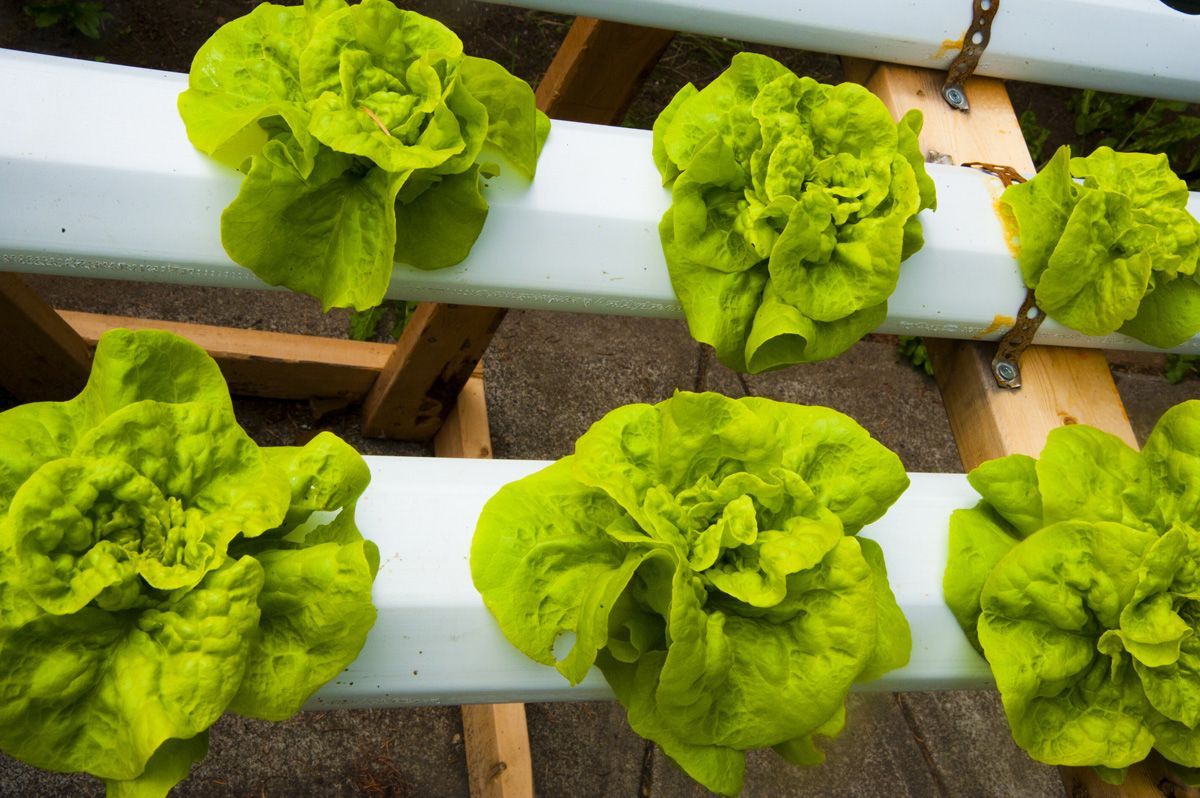
Germinating Hydroponic Lettuce Seeds
You can begin by placing your seeds in rapid rooter. Sowing enough seeds will ensure your seedlings are thriving and also health. It merely takes some days for seedlings to sprout. When seedlings rise on top of the starter cube, it’s when you pinch the multiples’ heads off, leaving the healthiest seedlings. Ensure you pinch and not pull, lest you disrupt with the rooting system of crops.
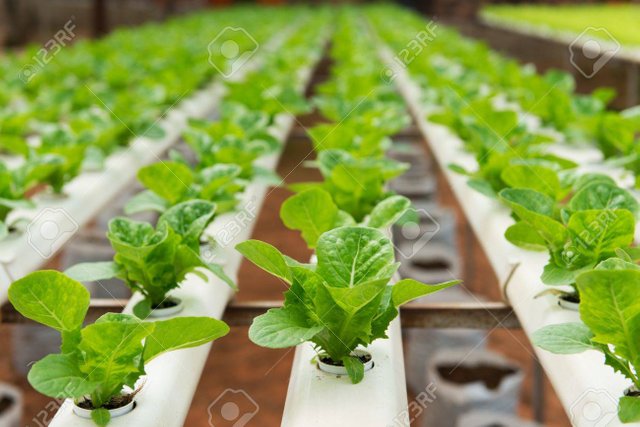
Temperature For Hydroponic Lettuce
Lettuce grows in cool weather. It does best at temperatures ranging from 45 to 70 degrees and favourable with warm days to cool nights. If they get above 70 degrees, the seedlings bolt and start entering into the flowering phase. A bolted lettuce has a bitter taste and not good for eating.
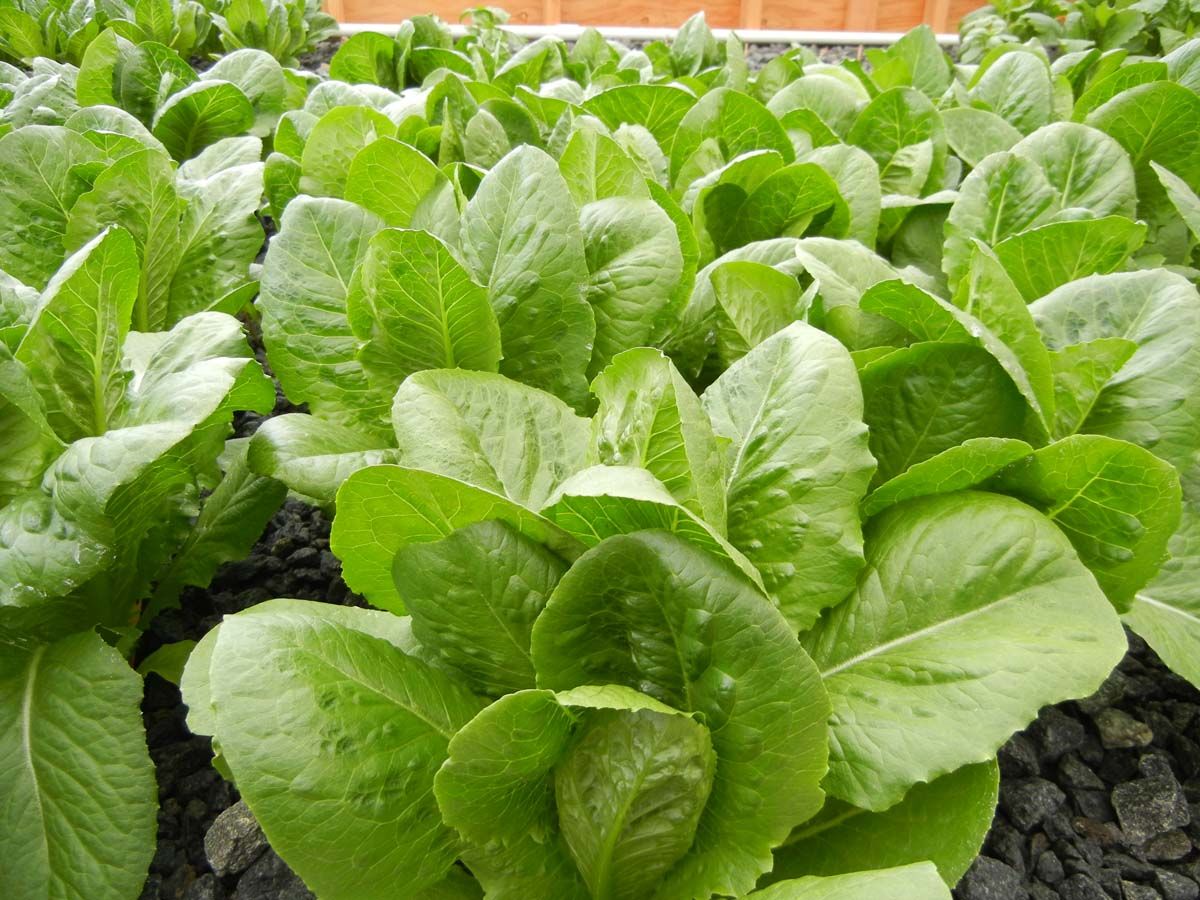
Spacing Requirements For Hydroponic Lettuce
Lettuces are different, and each variety requires different spacing. Hydroponic lettuce spacing for optimum growth is vital with the normal space ranging from 6 to 8 inches apart. However, lettuce that develops a firm head ought to be put approximately 12 inches apart to permit fuller development. The crop has shallow root systems hence they don’t need a deep growing bed.
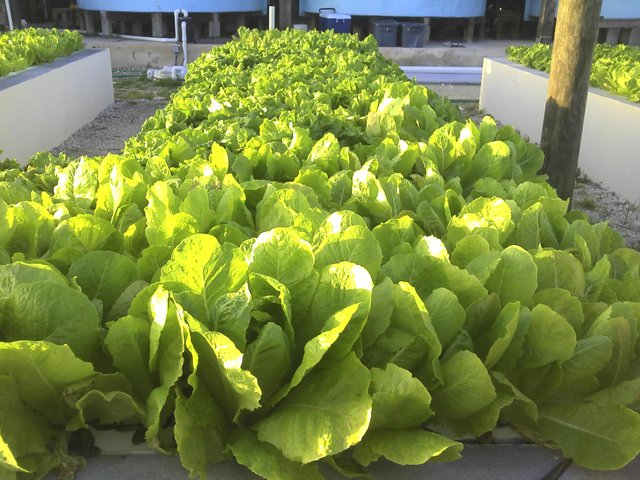
Light For Lettuce Production
Lettuce does not need intense amounts or long duration of light to grow. Hydroponic ones should get from 10 to 16 hours of light each day. Since lettuce does not require intense light, you can use other lighting options. Most growing hydroponic lettuce can do with fluorescent lighting because of reduced initial investment, low heat production, and low power consumption.
Recommended pH
Hydroponic lettuce has the recommended pH level of between 5.5 and 6.3.
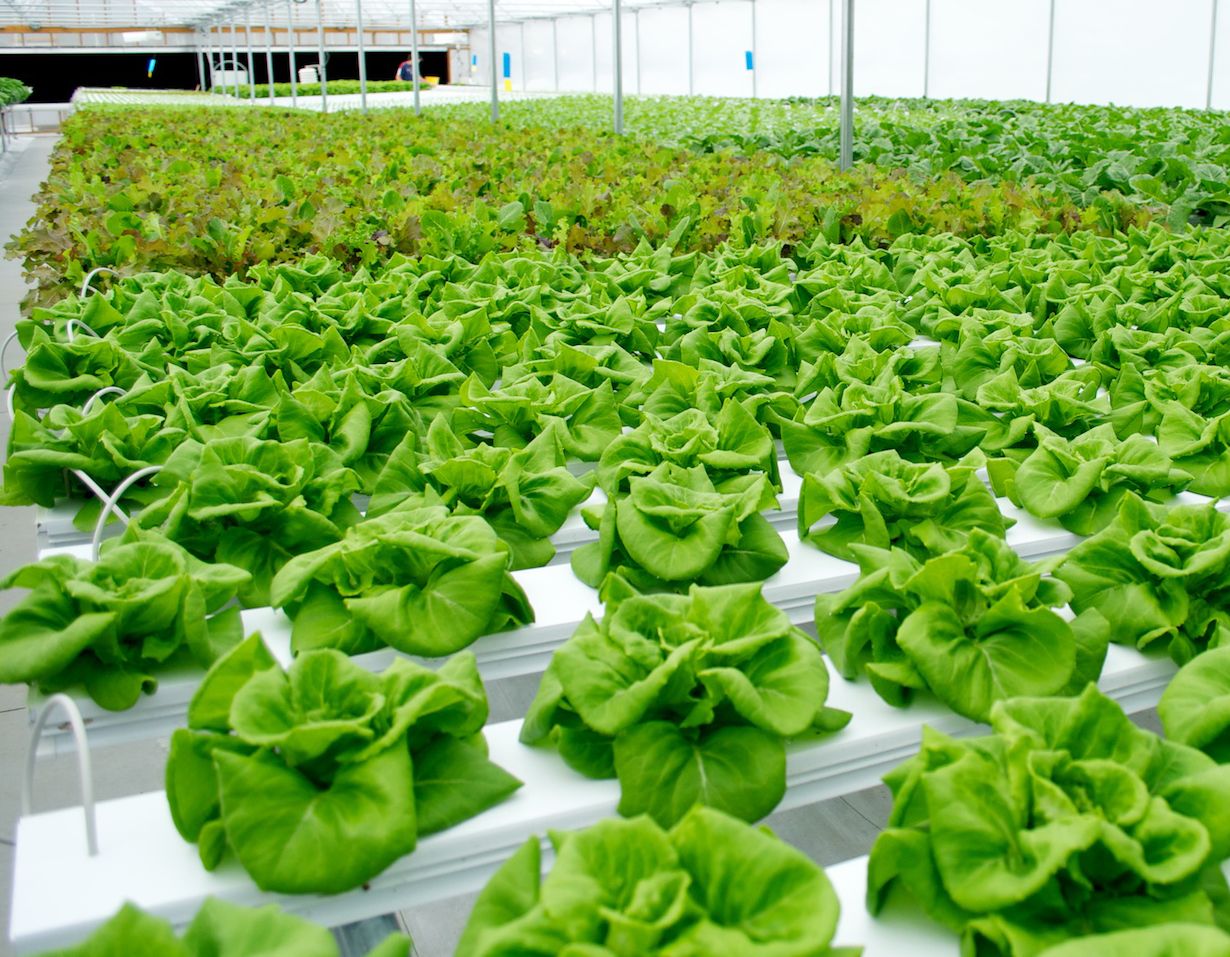
Systems For Hydroponic Lettuce
Lettuce can be grown in various kinds of hydroponic systems. At the commercial level, NFT (Nutrient Film Technique) is the main method applied. At home, the majority of the gardeners choose to use raft system and deep water culture. Other growing systems for lettuce include flow, ebb and nft.
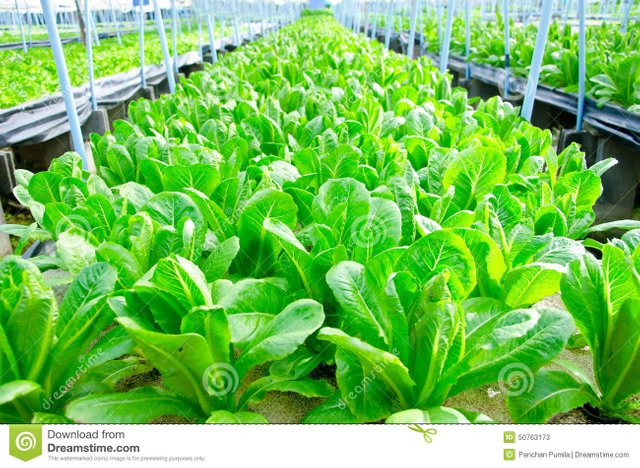
Tube Arrangement
Lettuce can also grow in 2-inch PVC pipe which is approximately 10 to 12 inch long. Seedlings are put in drilled holes on 6-inch centers. Most growers coat the pipe troughs using the screen to cut down sunlight which in turn minimizes the growth of algae within the system. The PVC pipes can be anchored in various ways although the sawhorse arrangement is the most applied. To avoid disease problems and many insects, establish frames for tube troughs which should be adequate to offer good air circulation. Usually, 40 to 45 inches is ample. Nutrient solutions are pumped via the tube to bath roots with vital elements. To hinder clogging, every tube trough ought to be fixed with an in-line filter to eliminate particles from the solution before recycling it into the reservoir.

Scheduling & Spacing
Hydroponic lettuce spacing for optimum growth is all that is necessary. Lettuce with 2 to 4 leaves is placed in the tubes, and as previously mentioned, the crop is 6 to 8 inches apart. During this stage, tubes are arranged adjacent to one another. This development stage lasts about two weeks. After that, tubes are spaced roughly 4 inches apart to give more room for growing. There are obviously some variations in this spacing and scheduling stage, but the principles remain the same.
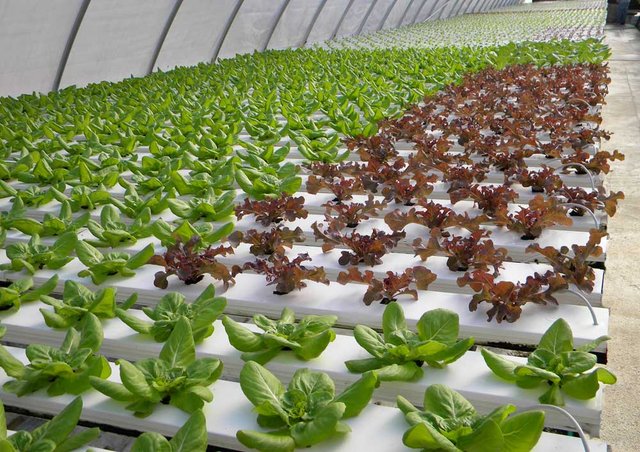
Nutrient Solutions
Although various nutrient solutions might be used, the Steiners solution (which has some modifications) is sufficient. Normally, pH should be sustained between 5.0 and 6.0 while salts should remain below 3500 ppm. Amounts of calcium are frequently added to meet the plant needs. Nutrient solutions ought to be distributed via the trough to bath the whole root system. The volume of flow is more essential than speed, and the trough slants should remain at a minimum. Pumps are usually operated on a 24-hour basis as recycling of the nutrient solution continues.
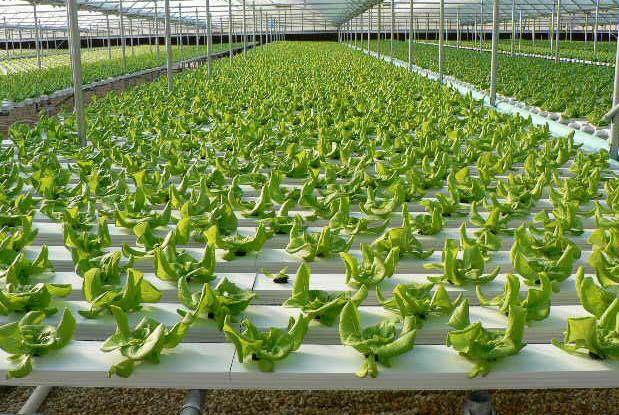
Growing Medium
There are various kinds of media alternatives to choose. These include rockwool, vermiculite, river rock, coco fiber, pine shavings, sand, and many more. Every option has a positive and negative influence, but any medium can be used to grow lettuce without issues.
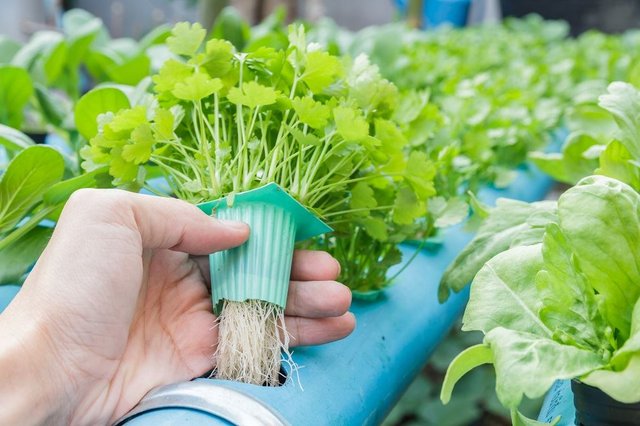
- Rockwool is both porous and sterile and the most familiar medium. However, this medium should not be too saturated as that can cause stem rot, root rot, and root suffocation.
- Grow rock is another common alternative because it holds moisture well and has a neutral pH. The media is also reusable when cleaned thoroughly which is beneficial for growing of lettuce hydroponically, although it can be cumbersome on a big scale.
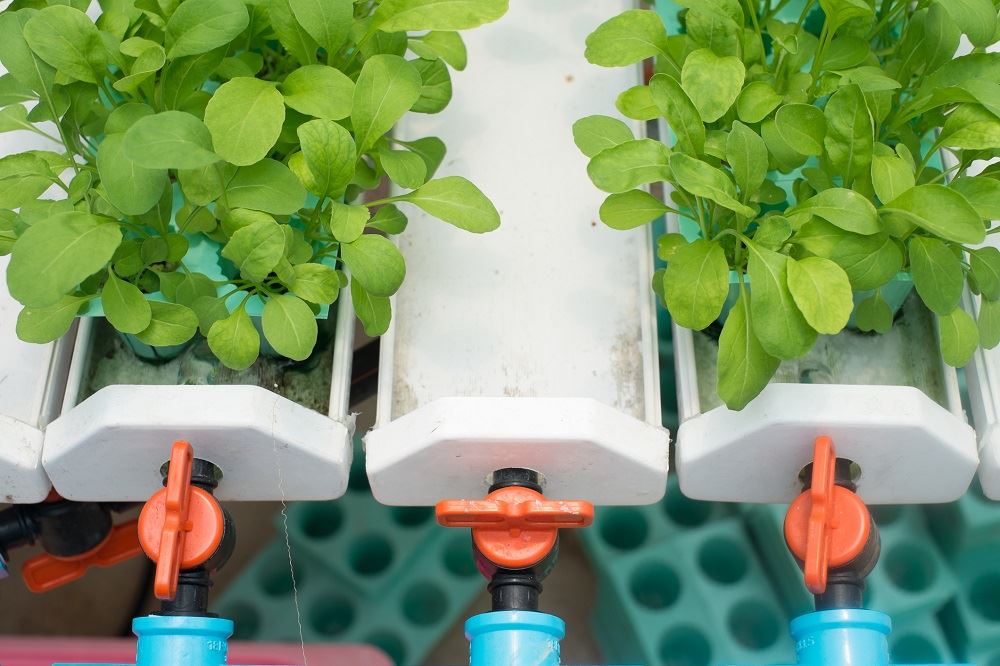
Container To Act As A Nutrient Reservoir
Buy a large fish tank or storage container that will be used as a nutrient reservoir to grow lettuce. Select a container with a big surface area, but also ensure it is more than 8 inches (20 cm) in depth to give enough space for crops to grow downwards.
- Don’t use metal containers as your nutrient reservoirs. Metals can oxidize or corrode, hence releasing chemicals which in turn would disrupt the supply of nutrients to crops.
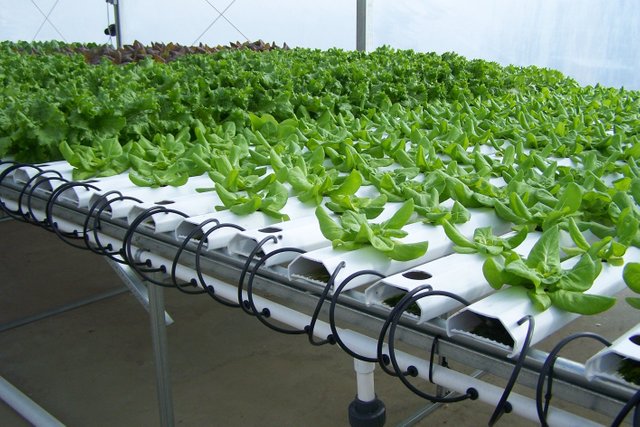
Net Pots And Floating Platforms
There are various kinds of materials, for instance, the lid of your reservoir container or Styrofoam, that can be utilized to establish a stable platform for your plant to remain above the water while the roots remain submerged. Make holes that are approximately 12-inch in polystyrene planks. The number of holes and net pots are dependent on the number of seedlings you want to grow.
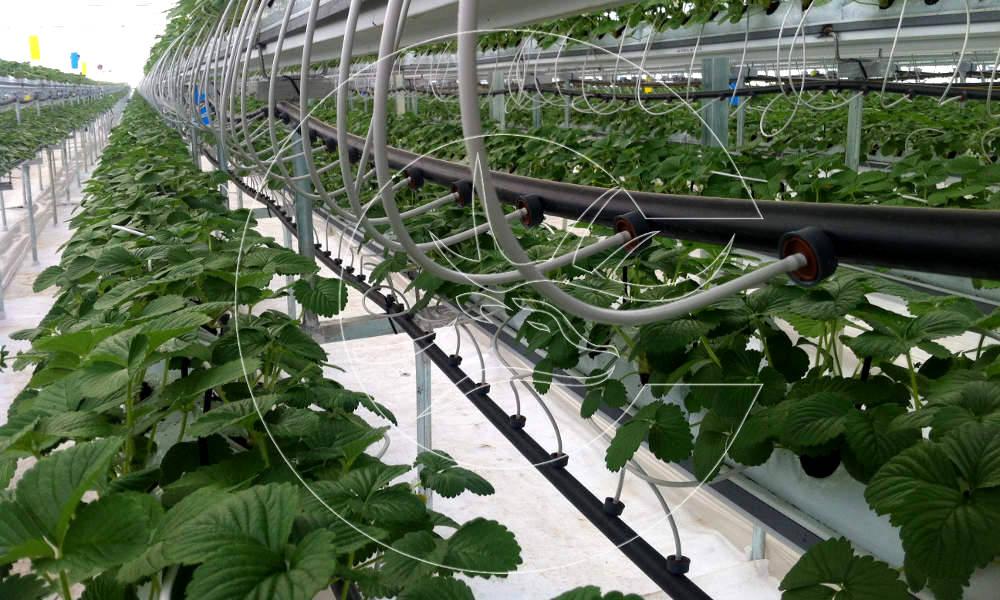
Harvest
The number of days it takes lettuce for harvest is dependent on various factors. First, the variety that you have grown is one of the determinants. For instance, bib and loose leaf lettuce can take a period of between 45 and 55 days while romain can take 85 days. Preference is the second factor. Growing the crop indoors permits you to control its environment and extend your harvest. When ready for harvest, you can do when you are ready to eat, to allow it to grow back and harvest it again.